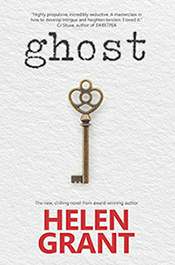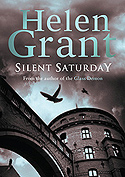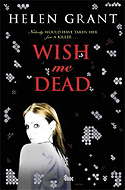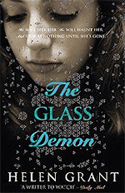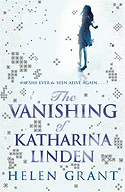This summer, we went to Sweden for our holidays.
Before we went, I have to admit that I knew very little about Sweden, and what I did know was mostly gleaned from the books of John Ajvide Linqvist (
Let the Right One In, Handling the Undead) and the TV series
The Bridge, both of which tend to suggest that Sweden is a country littered with corpses as opposed to interesting tourist attractions. There was also M.R.James' fabulously scary story
Count Magnus, about the unfortunate fate of unwary antiquarian traveller Mr. Wraxall.
Rosemary Pardoe, editor of
Ghosts and Scholars, the M.R.James journal, wrote a very interesting article in 2001 titled
Who was Count Magnus? which you can read online
here. It includes some discussion of the possible location of the story, seemingly somewhere in southern Sweden, although M.R.James muddied the waters very much by naming his fictional estate Råbäck after a real-life one he had visited, and then saying that this was not the real name of the place! At any rate, my travels this time did not take me to Varnhem, Skara or Råbäck. I did however take an interest in the environment and landscape in general, and in Swedish churches in particular, hoping to soak up a bit of Jamesian atmosphere along the way.
Family holidays (especially for families who are weary from office work and exams) are not the ideal situation for antiquarian exploring. So I decided that I would have to be selective about the places I visited, to avoid trespassing on the patience and goodwill of everyone else too much. I wanted to see an older church - preferably mediaeval - and for preference, something a little like the church in M.R.James's story, which had white walls, a copper roof and an onion shaped dome on the mausoleum adjoining it. A little research on Google turned up Slättåkra church (pictured above) which has the white walls and copper roof and surrounding trees; there was no adjoining mausoleum but the tower had a vaguely dome-shaped apex!
In the ghost stories of M.R.James there is often a handy sacristan or other useful local person about to give directions or let the hero into the church. Luckily for me, this actually happened at Slättåkra. I did not realise until afterwards, when I read a friend's blog posts about her attempts to visit some churches in that same part of Sweden, that the majority are kept locked, so the most you can expect to get on a casual visit is photographs of the outside. When we rolled up at Slättåkra and tried the church door, it was indeed locked, but there was a gardener working in the graveyard, and she very kindly agreed to let us in.
The interior of the church was very charming. It did indeed have a "handsome old organ, gaily painted, and with silver pipes" (although not as old as the one in the story would have been; this is only about sixty years old in its current format!):
The ceiling was painted, although not with a "strange and hideous ‘Last Judgement'" as in the story; instead there were more peaceful scenes such as this one of the Ascension, a rather droll depiction showing only the legs of Jesus vanishing into the clouds:
The story also says that "the pulpit was like a doll’s-house covered with little painted wooden cherubs and saints" and the one in Slättåkra church was certainly very much like that:
There was no mausoleum adjoining the church, although there was this strange little building near the churchyard gate:
I had a peep through one of those side windows, although I wasn't expecting to see "fine marble effigies and sarcophagi of copper, and a wealth of armorial ornament" in anything so modern. Inside there was a bier, clearly for the storage of coffins prior to burial. The bier was not in use(!) but all the same I didn't wait around to see if there would be any mysterious clangs, nor did I chant “Are you awake, Count Magnus? Are you asleep, Count Magnus?” under my breath...
As a codicil to this church visit, a day or two later we went to the open air museum in nearby Halmstad. The museum is located on the Galgberget or "gallows hill" and comprises a number of very old buildings including a windmill and a nineteenth century schoolhouse. We toured these, and inside the schoolhouse we saw this, a monk's costume:
I was irresistibly reminded of the cloaked figure who haunts poor Mr. Wraxall in Count Magnus, sometimes appearing as a traveller in a dark cloak, sometimes taken for a Catholic priest in a cassock. Perhaps Count Magnus was pursuing me after all...
With kind thanks to Ing-Marie Abrahamsson and Ann Giles.












